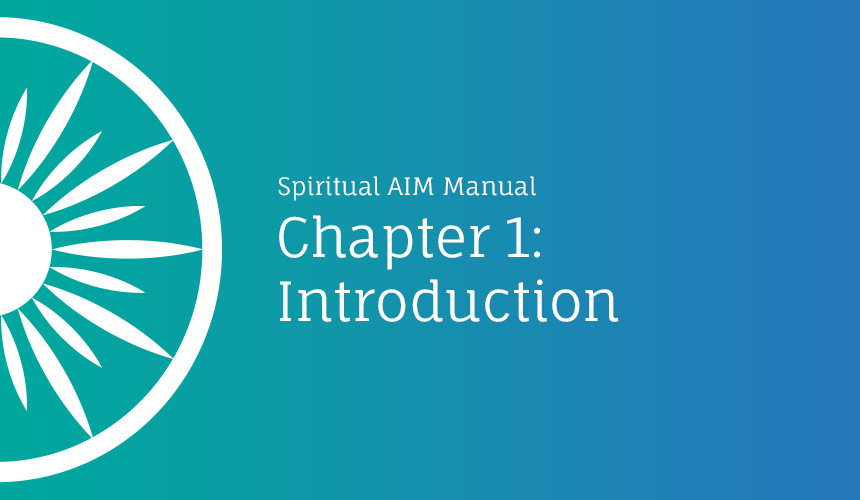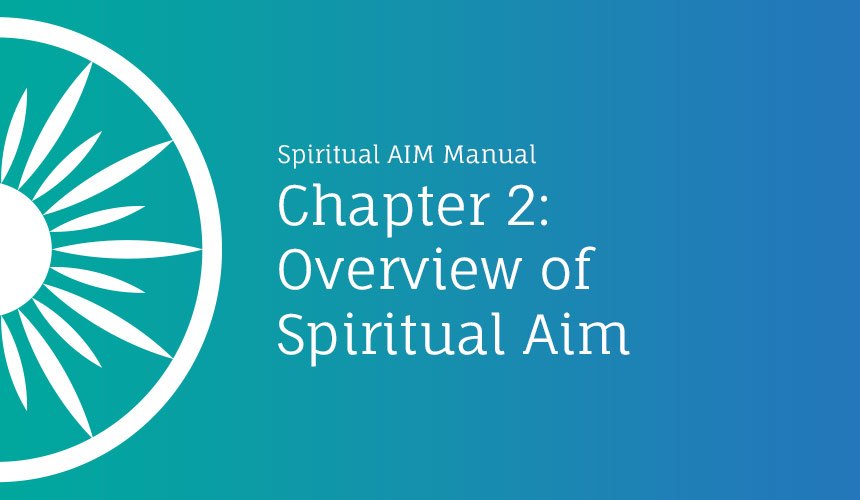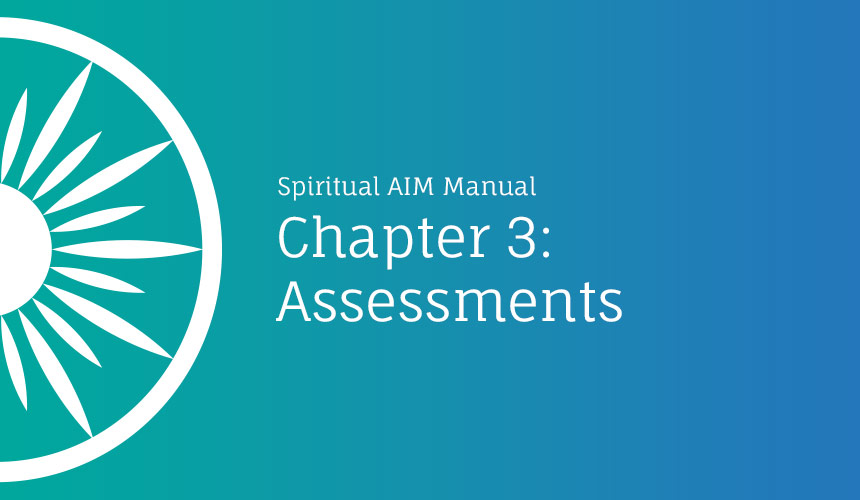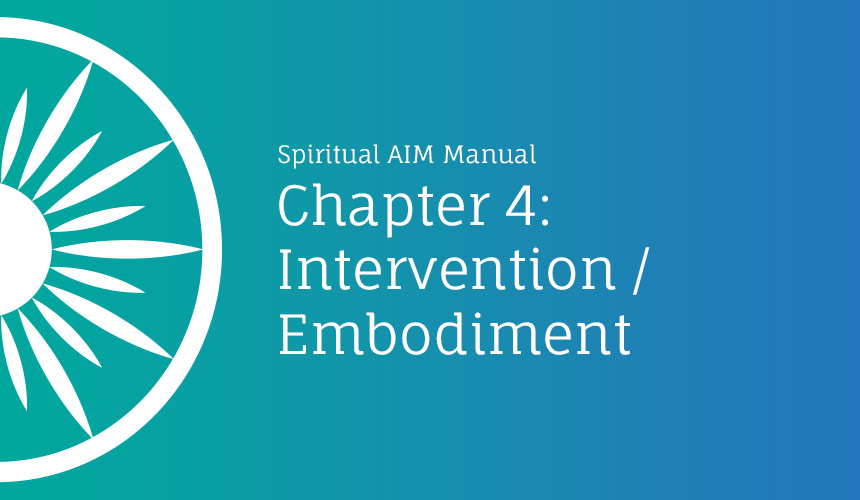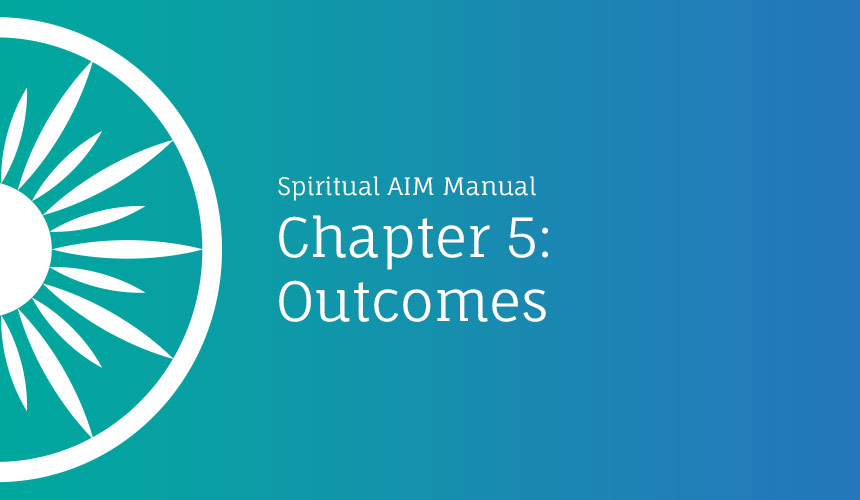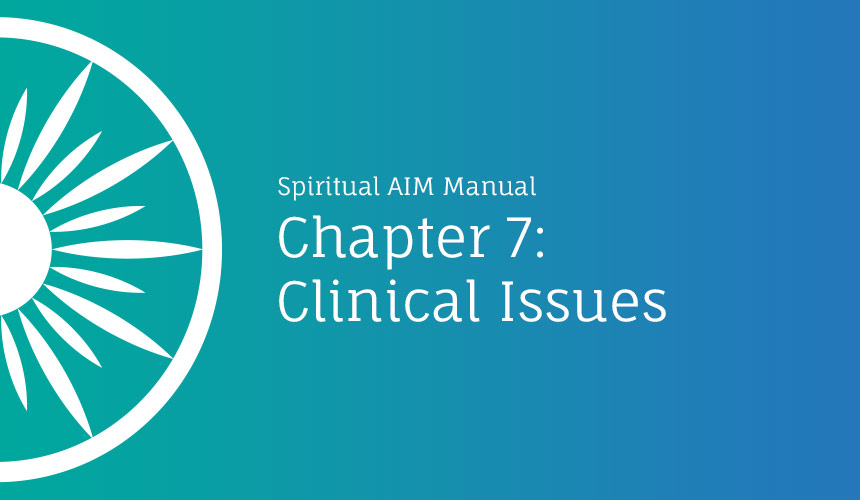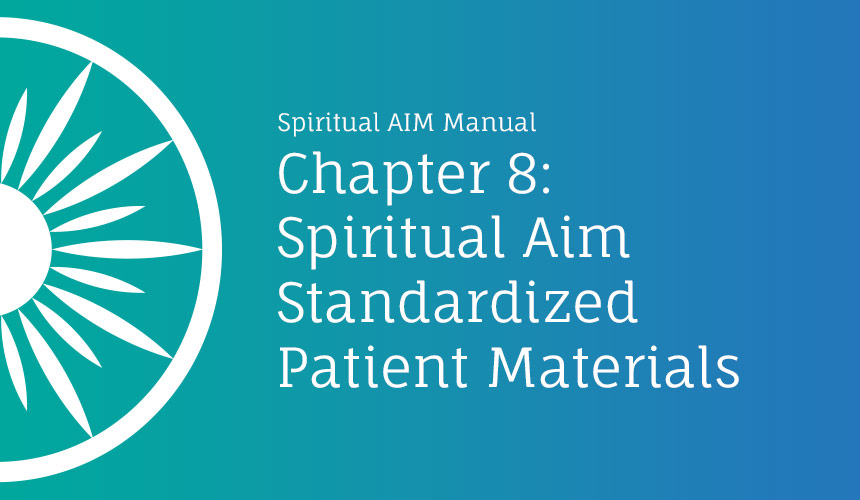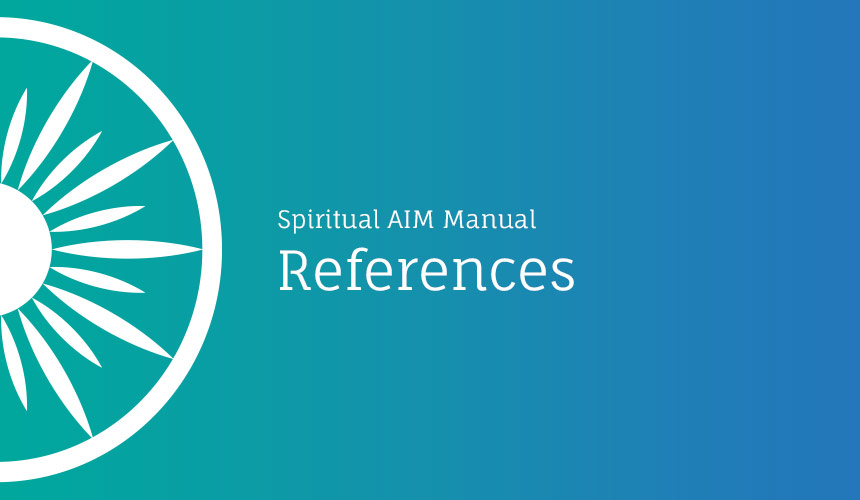It is important for chaplains to communicate using language that other disciplines can understand.
Christocentric or any purely theological terminology is not easily understood by all. Spiritual AIM was consciously developed using language that is applicable to the spiritual realm, but is described through everyday language that people are more likely to use. For example, the terminology about meaning and direction makes just as much sense to those who have a strong theological world view as it does those who do not. Although a patient may resonate with language about rituals, sacraments, etc., it may alienate or confuse medical caregivers. Likewise, belonging to community and the need for self-worth is also common language. Part of what the chaplain is doing is embodying a place of worship that offers community and belonging. Many faith traditions have a sacrament or practice of reconciliation, but it is useful to summarize this for caregivers through more accessible language.
Chaplains have a unique lens through which we operate. We have our own models for working with patients. We make spiritual assessments based on our own criteria for understanding the spiritual needs of people. We have a way of being in relationship with the patient that is useful and a pathway of interventions that are efficacious, as well as outcomes that we believe reflect spiritual healing. Yet it is a missed opportunity to advocate for holistic care of patients when we fail to interpret this information in a way that is easily understood by caregivers of diverse backgrounds.
Part of what makes Spiritual AIM an effective tool for communication is that it parallels other disciplines. Using Spiritual AIM core needs to describe assessment, intervention, and outcomes works well in verbal interactions with interprofessional team members. It also lends itself easily to documentation in the medical record.
For example, you can use this simple acronym as a Spiritual AIM Charting Template.
A: Assessment
E: Embodiment
I: Intervention
O: Outcome
U: Update/Follow-up

